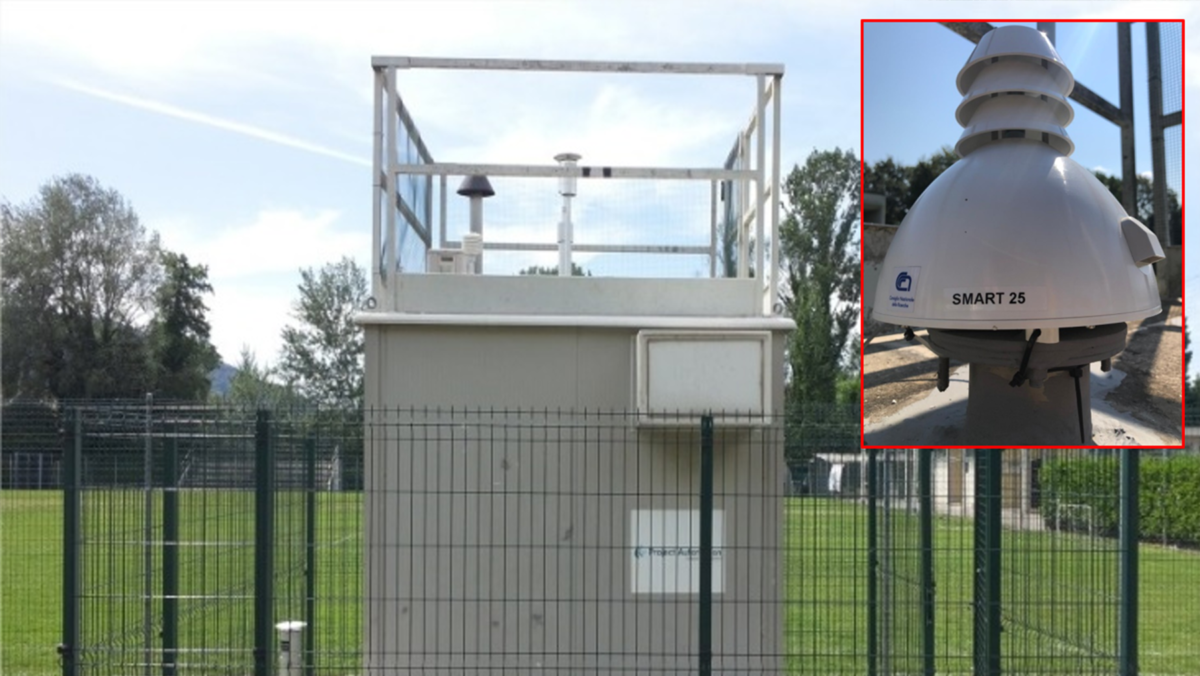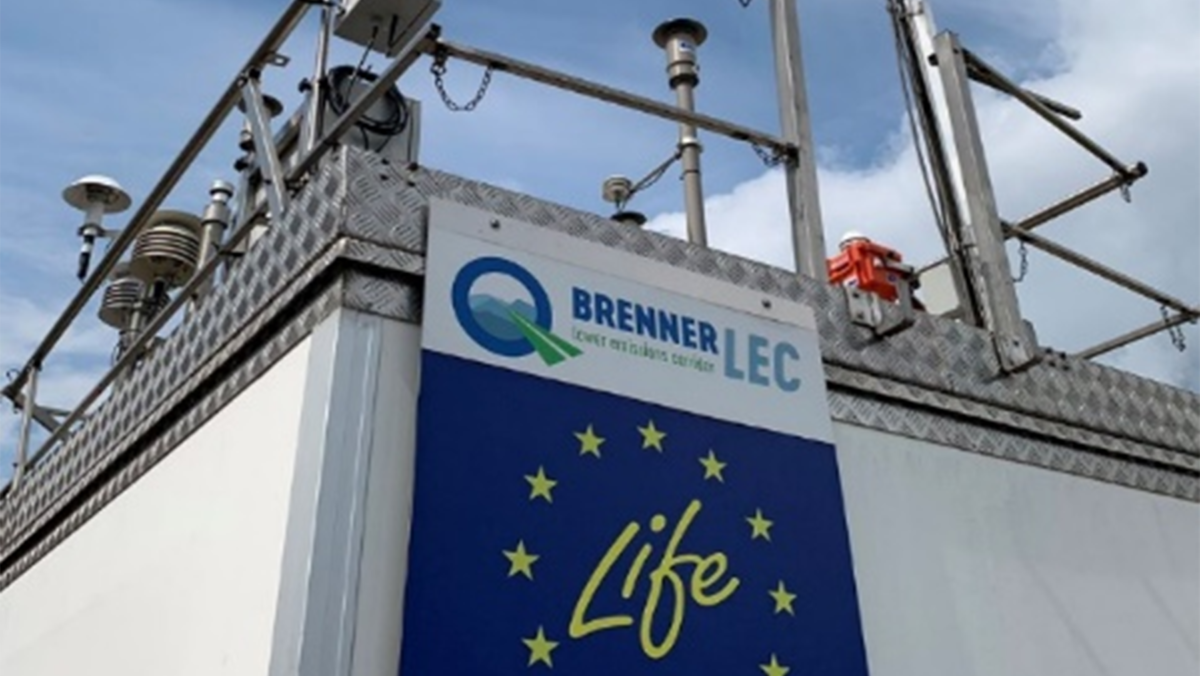As the identification and real-time monitoring of air pollution hotspots is the first step towards the implementation of effective policies, an increasing number of municipalities is starting to opt for new smart-network solutions. The nature of the projects ranges in size and scope; some target specific hotspot areas (harbors, roads, shores, museums) others cover extensively entire neighborhoods or cities.
New sensors are quickly helping local governments fill the existing gap with the EU Ambient Air Quality Directive, 2008/50/EC, which provides for the deployment of cost-effective sensors networks in support of official air quality monitoring stations. Also, private corporations are increasingly showing willingness to commit to corporate social responsibility policies and adopting targeted solutions to monitor the environment, most frequently in the agribusiness and farming industry.
In short, below are the main benefits provided by the new generation of sensors.
Ubiquitous Monitoring
The miniaturization of sensors and technology cost reduction have opened a new horizon: Ubiquitous monitoring. Significantly lower budgets are now required to create solid networks of air quality stations and generate high-resolution exposure mapping. Detecting and monitoring pollution hotspots is the first step towards effective mitigation strategies. Understanding the dynamics of air pollution allows for smart corrective actions, whether by a private corporation or public policy maker.
Real-time Data
The new generation of real-time, high frequency monitors provides deep and accurate data sets. These not only make it possible to draw robust and reliable conclusions about air quality levels but also empower us to understand its geospatial, local peculiar dynamics. The real-time capability is often being utilized to deliver a continuous dissemination of data to the public, a growing trend in major Smart Cities projects (London, New York, Prato Urban Jungle).
360-Degree Environment Monitoring
Air monitors provide a complete picture of what is happening in the air around us. The data acquired from sensors analyze dust particles, toxic & odor gases, particulate matter (PM1, PM2.5, PM10), Sulfur oxide (SOx), Nitrogen oxide (NOx), Carbon dioxide (CO2), Carbon monoxide (CO), TVOCs, etc. along with meteorological parameters like wind speed and direction, relative humidity, ambient temperature, pressure, light intensity, rainfall, UV Radiations and more.
Geospatial Monitoring
IoT (Internet of Things) has made environmental monitoring possible even in remote areas. Remote control is now a widespread functionality, powered by data transmission infrastructures created ad-hoc, or integrated into existing operational systems. The most advanced devices feature GSM data transmission systems, these communicate with cloud servers that store and redirect the information.
Public Awareness
New generation air quality monitors have made data handling a seamless process, allowing a wide range of options for data visualization. Data can be visualized by a number of mobile and web-based applications and be readily made available to citizens. Among the most innovative projects, Breath London deploys a network of 100 air quality stations in the heart of the city.



